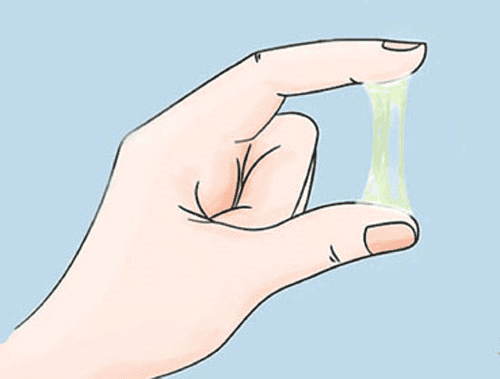The article was professionally consulted by Doctor Le Van Linh - Department of Obstetrics and Gynecology - Vinmec Phu Quoc International General Hospital.
Postpartum lochia retention after a cesarean section happens when the postpartum discharge gets stuck in the uterus instead of coming out through the vagina. Treating this condition is important to protect the mother from serious complications during recovery.
1. What is lochia retention after a cesarean section?
Similar to vaginal delivery, the process of lochia discharge after a cesarean section typically lasts 3–6 weeks. If, after 6 weeks, the lochia has not been fully expelled, it may indicate lochia retention or postpartum lochia obstruction.
This condition occurs because, during the uterus's recovery to its normal state, necrotic and fibrotic endometrial tissue, along with blood and mucus, sheds from the uterine lining. If this material cannot exit through the vagina, it accumulates in the uterus. Normally, lochia discharge is heavy during the first 3 days postpartum and then gradually decreases. The duration and amount of lochia discharge can vary depending on each individual's body.
Lochia after a cesarean section is usually divided into three types: Thick, sticky lochia.; blood-like lochia, light-colored or white lochia. All types of lochia have a mild, blood-like odor but should not smell foul.
1.1 What Are the Symptoms of Lochia Retention After a Cesarean Section?
When a postpartum mother experiences lochia retention after a cesarean section, the following symptoms may occur:
- High fever.
- Tightness or pain in the lower abdomen
- Minimal vaginal lochia discharge. Upon cervical examination, there may be dark blood, sometimes with a foul smell due to infection.
- A firm abdomen with noticeable lumps.
- A closed cervix with significant pain when pressing on the uterine fundus.

1.2 Is lochia retention after a cesarean section dangerous?
Lochia retention after a cesarean section can be dangerous if not treated in time. Doctors warn that delayed treatment may lead to severe complications, including heavy bleeding that is difficult to stop, blood clotting disorders, and even life-threatening situations for the mother. For this reason, if the lochia discharge lasts longer than expected or is accompanied by unusual symptoms, mothers should visit a healthcare facility promptly for evaluation and treatment.
2. How is lochia retention after a cesarean section treated?
Prolonged lochia retention can have serious effects on the mother’s health. In most cases, doctors will use a procedure called cervical dilation to remove the retained lochia. This involves gently opening the cervix to allow the discharge, including blood, mucus, and necrotic tissue, to flow out of the uterus. It is important to perform this procedure in a clean, reputable medical facility to prevent infections and other complications.
Cervical dilation is considered a simple and safe method for treating lochia retention after both cesarean and vaginal births. Before the procedure, doctors will examine the uterus to confirm the presence and amount of retained lochia.
In addition to medical intervention, resting properly and engaging in light physical activity can help manage lochia retention. Gentle movements encourage uterine contractions, which help expel the lochia naturally over time.

After a cesarean section, it is important to check the cervix for any abnormal signs. If the mother has a condition called "retained lochia" (incomplete discharge of postpartum blood and tissue) or develops any gynecological infections, the doctor may prescribe medications to help the uterus contract and expel the remaining lochia, as well as treat any infections.
Postpartum care after a cesarean section should be done reasonably. The mother should rest during the first day, and then gradually get up, walk, and do light exercises. This helps the uterus shrink back to its normal size and ensures that the lochia is expelled, completing the recovery process.
Dr. Le Van Linh, with 16 years of experience in obstetrics and gynecology, specializes in treating gynecological conditions, screening for cancers like cervical and breast cancer, and monitoring pregnancies. He has previously served as the Head of the Obstetrics Department at Hoan My Cuu Long Hospital (Can Tho) and is currently working at the Obstetrics Department of Vinmec Phu Quoc International General Hospital.
To arrange an appointment, please call HOTLINE or make your reservation directly HERE. You may also download the MyVinmec app to schedule appointments faster and manage your reservations more conveniently.













